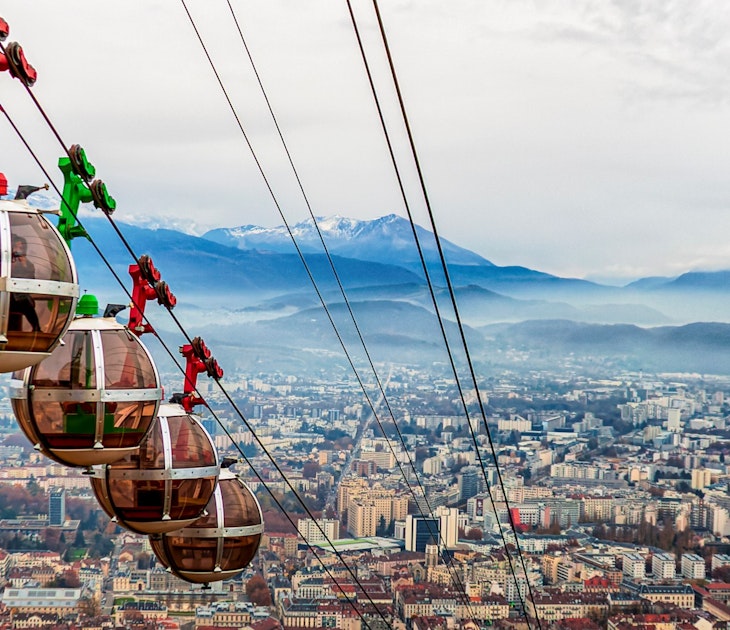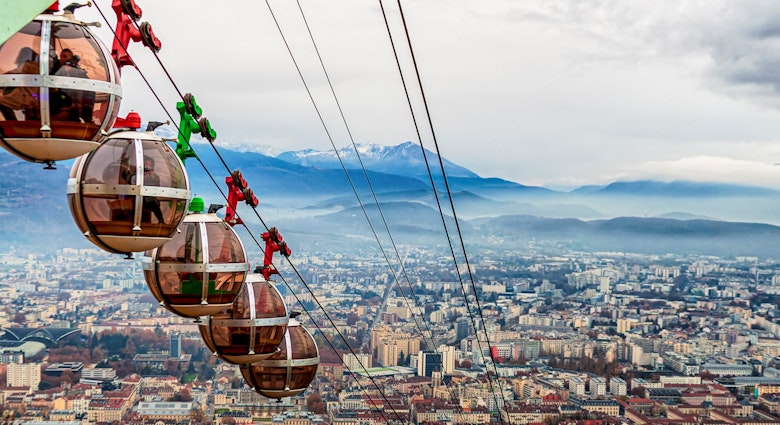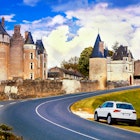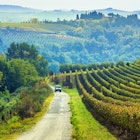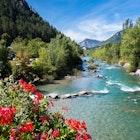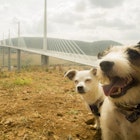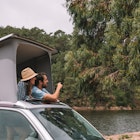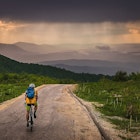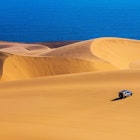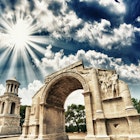Anna Richards has travelled France researching Lonely Planet's latest guidebook. Here she shared her favourite road trips to get you inspired.
The freedom of the open road in France is even more accessible for British travellers who can arrive with their own car, via the ferry or Eurotunnel. And as the home of the original motorist’s guide, the Michelin Guide, it seems only fitting to explore it on four wheels.
All of the below routes avoid paying tolls (for more information on toll roads, see the tips at the end) – taking you along smaller, more picturesque, routes into the heart of the French countryside.
Here are the five best road trips for exploring France.
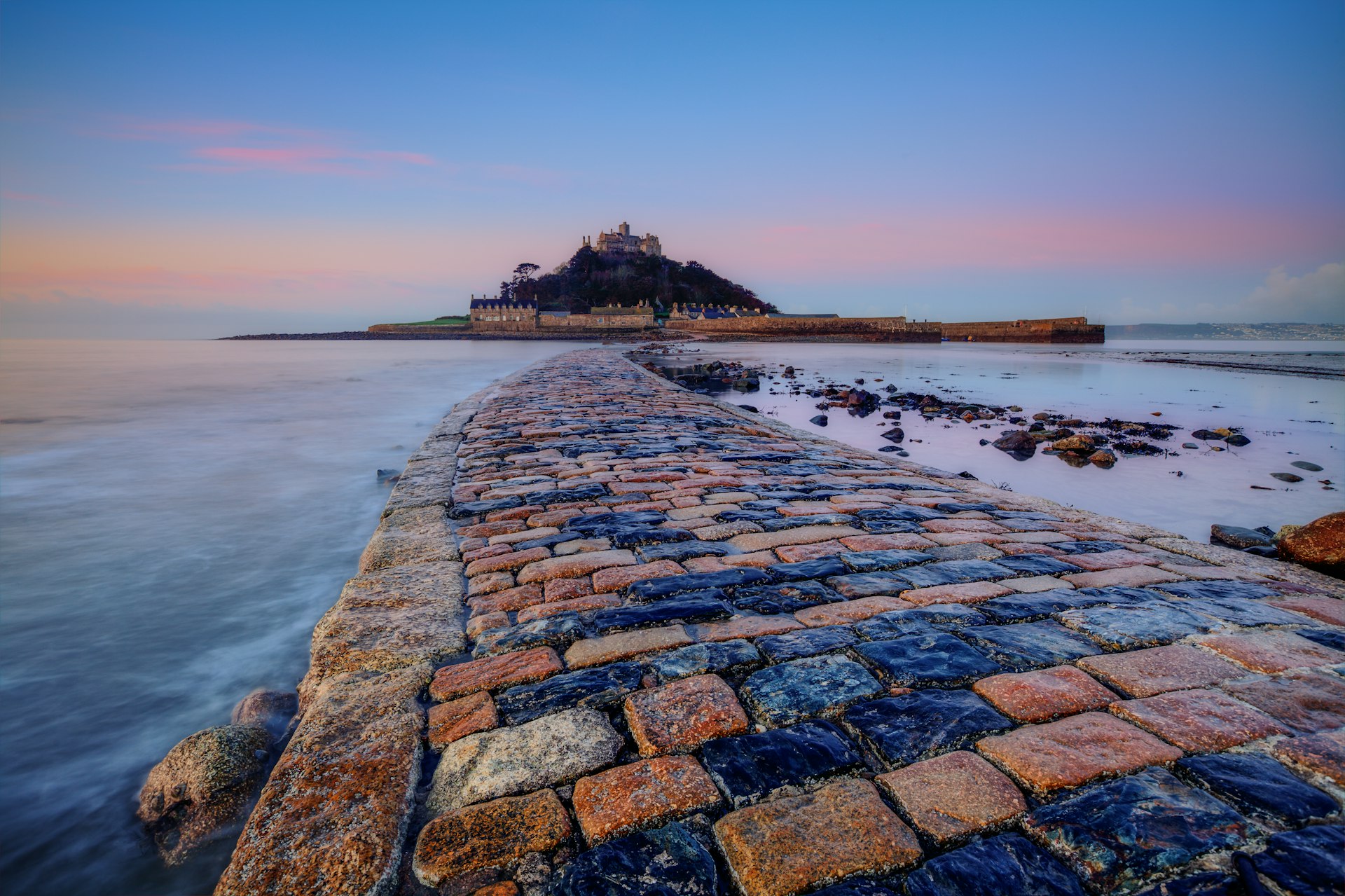
1. Mont St-Michel to Étretat
Best for road trip for coast crawling
Mont-St-Michel to Étretat: 286 km (460 miles), allow three days.
The 9th century tidal abbey of Mont-St-Michel is one of the most famous sights in the country, and still the residence of some 33 monks and nuns. Twice a day, when the tide swirls in over the mysterious mud flats and quicksand, the causeway is the only thing which links Mont-St-Michel to the mainland. From Mont-St-Michel, drive for half an hour to Avranches and climb up to the top of the château, for a view which extends all the way to Mont-St-Michel. A further 90 km (55 miles) on the A84 and D572 takes you to Bayeux, home of the famous tapestry woven after 1066, showing the French conquest of England over 68 metres of intricately woven fabric. Skirt around Caen to reach Deauville (1½ hours), where the boardwalk hugging the beach has metal stars set into the floor in homage to 200 stars of the silver screen who have attended the American Film Festival, which Deauville hosts at the end of each summer. A final couple of hours driving takes you to Étretat, where the rocks have eroded to form an ocean sculpture garden of sea arches and needles. They were immortalised many times by Monet, who would row out to paint in solitude.
Local tip: Parking at Mont-St-Michel and Étretat is difficult and expensive. Consider parking further out and walking to reach your destination.
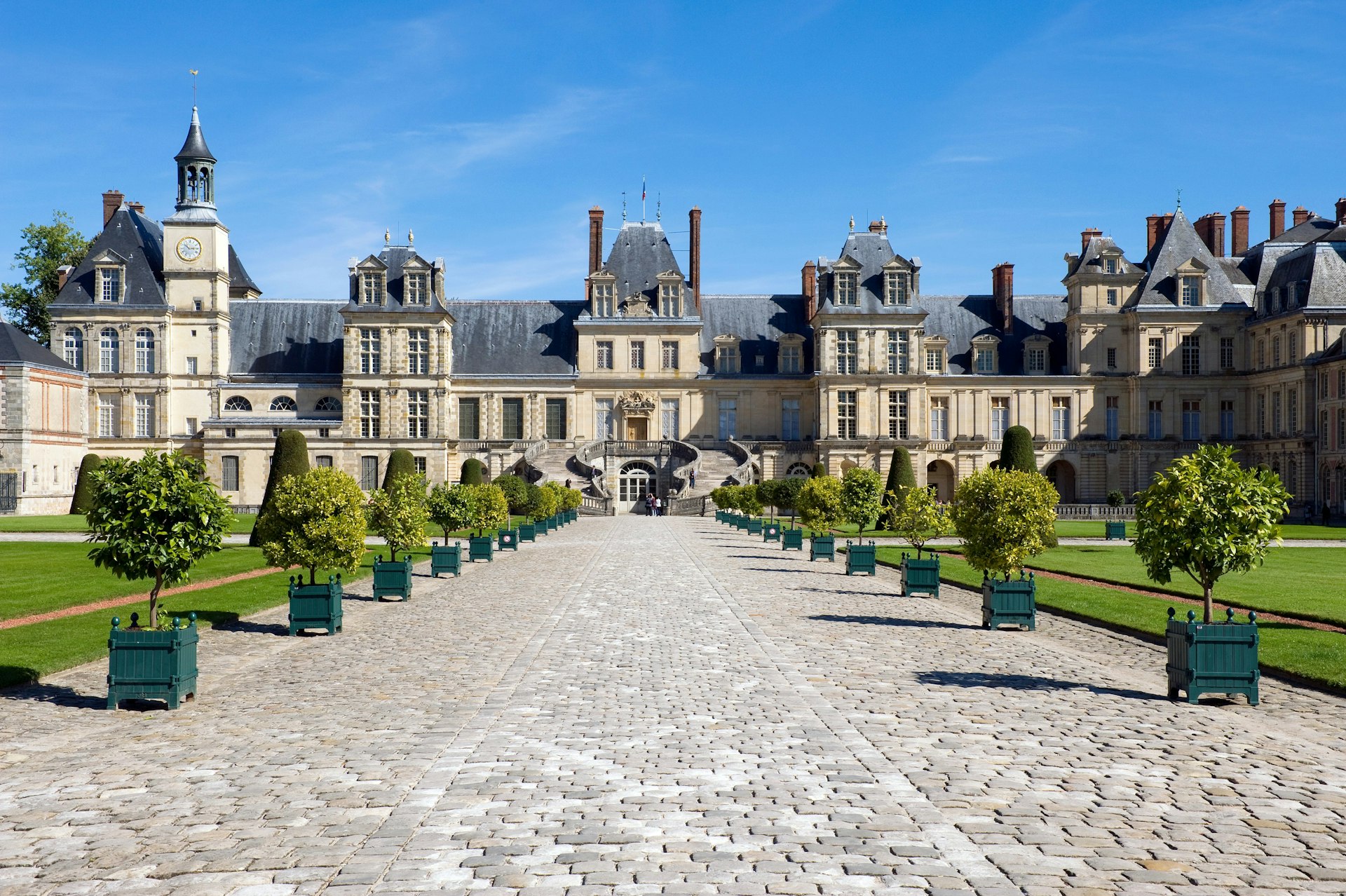
2. The Loing Valley
Best road trip for history buffs
Fontainebleau to Montargis: 50 km (31 miles), allow for a day
The chateau of Fontainebleau, formerly a hunting lodge, became the country home of the French royals under Louis IX in the 13th century, and has 130 hectares of grounds. Curiously enough for a country with so many mountain ranges, one of the first marked hiking trails in the country was in Fontainebleau, planned by a Napoleonic army veteran, Claude-François Denecourt, in 1842. The first part of the journey, south towards Nemours for 20 minutes (D607), goes through Gâtinais-Français Regional Park, criss-crossed with waterways and pint-sized villages.
Keep following the D607 south to reach Souppes-sur-Loing, a riverside town with the remnants of a 12th century monastery. Ten minutes along the étangs (lagoons) to reach Fontenay-sur-Loing is exceptionally scenic. Fontenay-sur-Loing itself is a sleepy little place with little to make it worth lingering, so continue to the picture-perfect town of Montargis (13km; 8 miles) to finish your trip, where half-timber houses overhang the canals.
Planning tip: The château of Fontainebleau is open daily except Tuesdays, but summer is the best time to visit, when additional activities like boat cruises on the lake and hot-air balloon rides are added onto the agenda.
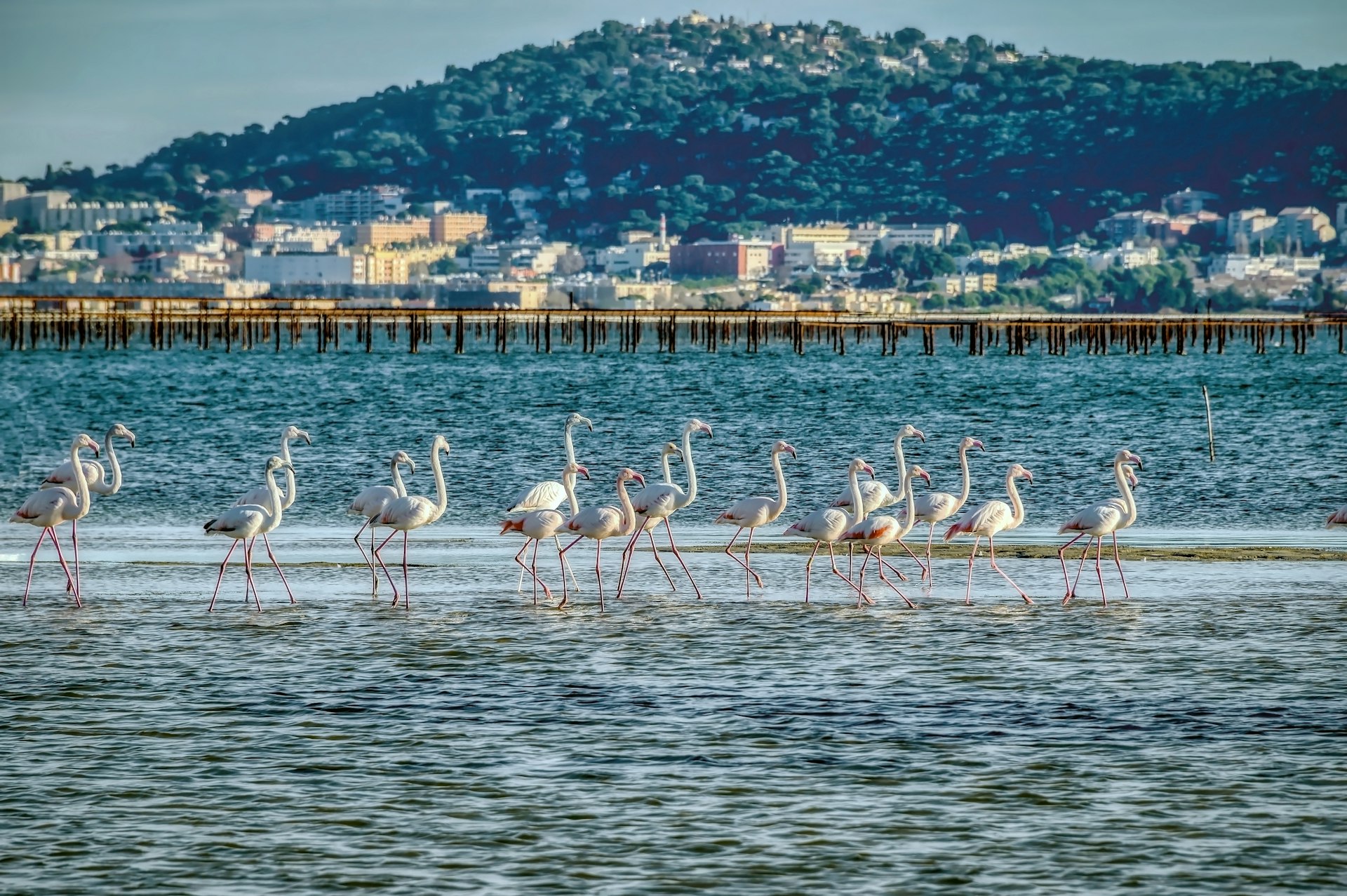
3. A loop through Hérault
Best road trip for coastal views without the crowds
Round trip from Sète: 208km (129 miles), allow for three days
The little city of Sète sits on a tightrope-thin stretch of land between the 7,500 hectare saltwater Étang de Thau and the Mediterranean Sea. Thriving and in parts extremely modern in appearance, traditions still hold strong here. Among the most famous is Sète’s five-day water jousting festival each August. From Sète, a drive of 47km (29 miles) along the D2 and D28 takes you to Béziers, a city first established by the Romans and an important stop on the first road the Romans built through France, the Via Domitia.
From Béziers, head to Haut-Languedoc Regional Park, where the foliage is dense, like tight curls, and historic little villages look glued to the hillside. Two of the prettiest are Roquebrun and Vieussan. A further 50km (31 miles) east of the latter on the D908 is an otherworldly, red rock lake. Lac du Salagou, an artificial reservoir, owes the rusty colour of its soil to iron oxide in the sandstone. From here, drive 30km (18 miles) to Pézenas, former home of France’s most famous playwright, Molière. Stop at Bouzigues on the way back and don a snorkel if conditions are favourable, you may see seahorses. It’s just 15 minutes from here back to Sète.
Planning tip: Aim to arrive in Pézenas on a Saturday to coincide with their weekly market.
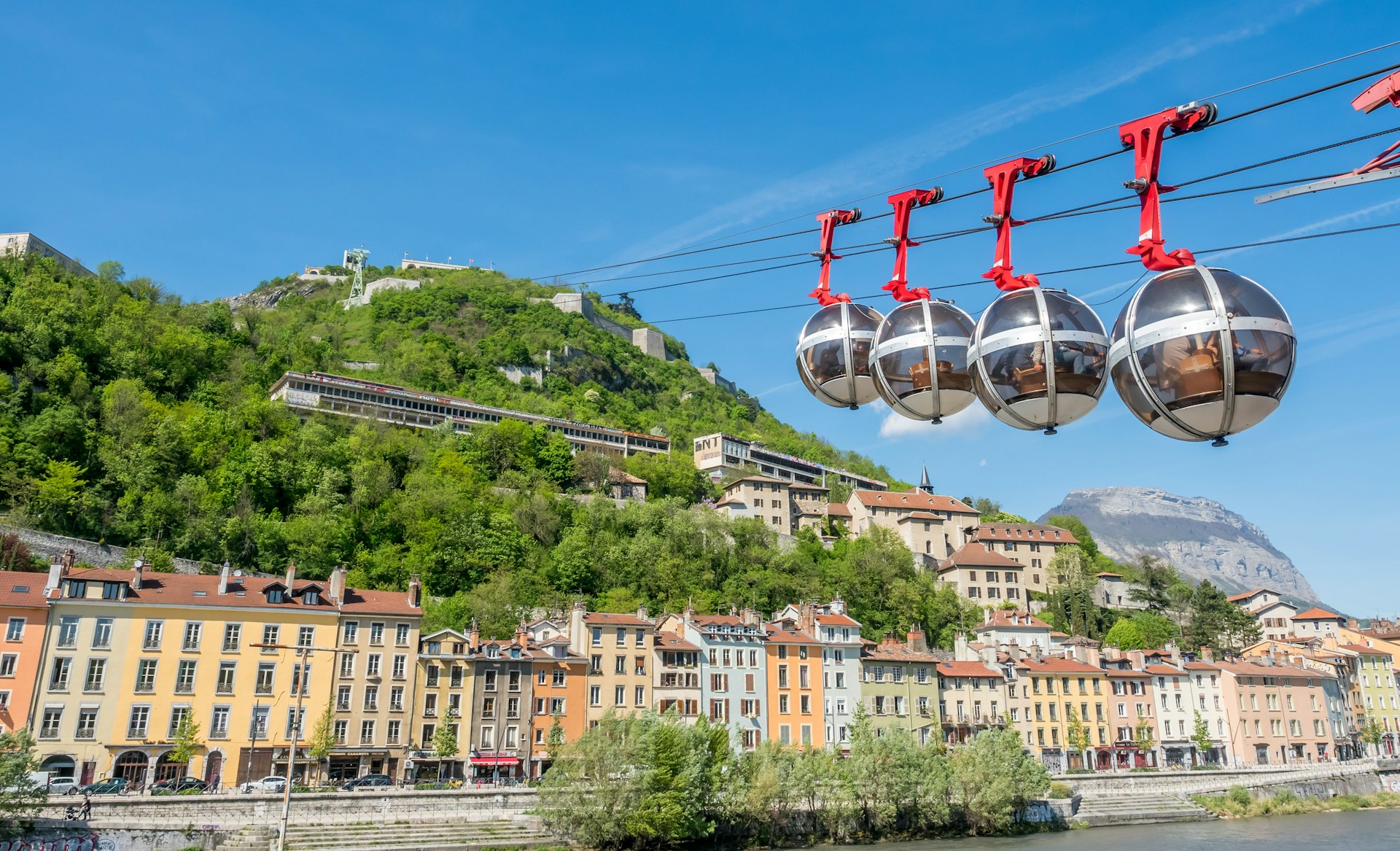
4. Alpine lakes and valleys loop
Best road trip for off-the-scale nature
Round trip from Grenoble, 324 km (201 miles), five days recommended
Leave Grenoble and take the D1091 to reach the Serre Chevalier valley. It’s worth spending at least a day, possibly more, to explore Serre Chevalier. During the winter, 250km (155 miles) of ski slopes delight amateurs and die-hard ski fans alike. The historic fortified city of Briançon isn’t just a base for hikers and skiers; there’s a plethora of art galleries here too.
From Briançon, head south on the N94 to reach the Lac de Serre-Ponçon. Hire a paddleboard and paddle out to the island chapel of Saint-Michel, the only building to have survived the flooding of the valley to create the reservoir, thanks to its elevated position. Two hours northwest is Lac de Monteynard-Avignonet, where the water positively glows, sandwiched between the Écrins National Park on one side and the softer, but no less spectacular, cliffs of Vercors Regional Park to the other. Himalayan hanging bridges are suspended across the lake, which sway like wind through the trees as you cross them. From here, a final 50km (31 miles) takes you back to Grenoble.
Planning tip: Tackle this route in summer. If travelling in winter, make sure that you have snow tyres or carry snow chains.
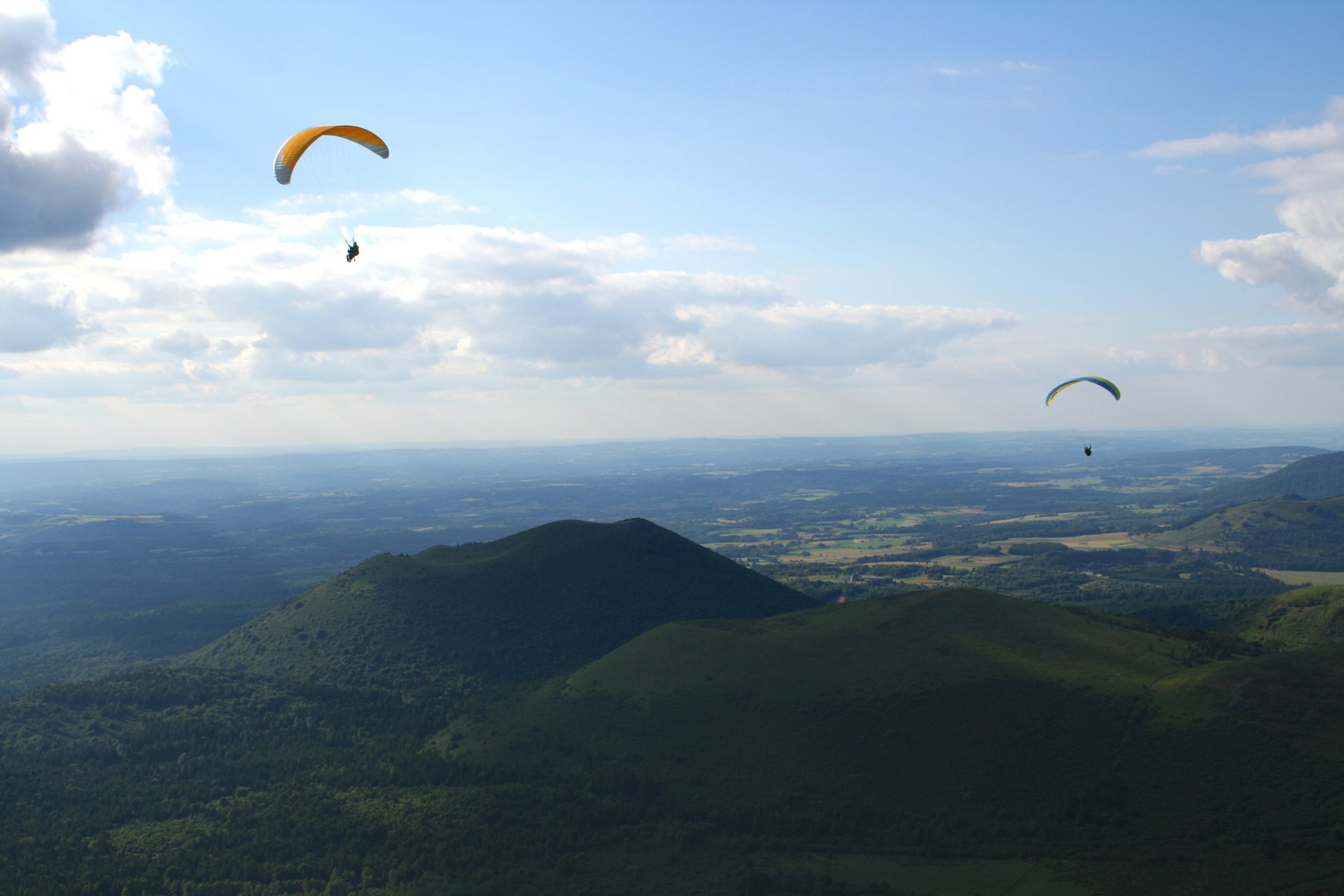
5. The Massif Central
Best road trip for cheese and hiking
Clermont-Ferrand to Aurillac; 196km (122 miles), three to four days
Clermont-Ferrand is an austere-looking city, the black, volcanic stone buildings making it appear extra gothic. It’s 28km (17 miles; D942) to Orcival, and its impressive 12th century basilica. A further 18km (11 miles) south is Mont-Dore, a ski station whose curiously colourful architecture looks like a Victorian seaside resort. In summer, people come to hike Puy de Sancy, the highest of the extinct volcanoes. From Puy de Sancy, drive south for 85km (52 miles) to Murat, a town which looks like a medieval film set, and has been used as such many times. Strap your hiking boots on again and drive the 22km (13 miles) to Puy Mary, to hike the volcano ridge trail. Your trip finishes in sleepy little Aurillac, full of cheese shops.
Planning trip: Much of this route follows the Auvergne Cheese Route, and there are many farms to stock up on Salers, Saint Nectaire, Cantal, Auvergne Blue and Fourme d’Ambert. If you’d like to visit the farms it’s best to call in advance. Be aware that many do not speak English.
Top tips for road-tripping around France
Be wary of toll roads (péages). They’ll get you to where you want to go faster (the speed limit is 130 km per hour), but tolls often cost as much (or more) than fuel – and it goes without seeing that the fast road is not the most scenic. Fuel from service stations along the highway is also considerably more expensive than elsewhere.
One way to reduce costs is by taking carpooling passengers to reduce the cost. The lift-sharing platform blablacar.fr is widely used in France. Use viamichelin.fr to calculate the cost of your trip with tolls and fuel.


